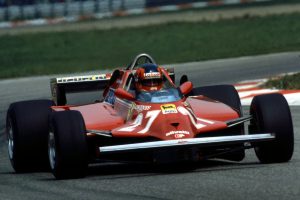Up Next

Between poor qualifying performances, penalties, mechanical problems and odd collisions, plus wider troubles for the team, Sebastian Vettel’s start to life at the Aston Martin Formula 1 team couldn’t have gone much worse.
But that doesn’t mean it’s going to stay bad.
Although many poor starts to F1 driver/team partnerships do set the tone for everything that follows, there are examples of extremely successful deals that began with pretty woeful form.
We’ve picked some that might provide a bit of comfort for Vettel.
List compiled by Matt Beer, Glenn Freeman, Josh Suttill and Rob Hansford.
DANIEL RICCIARDO + RENAULT

The lasting image of Daniel Ricciardo’s Renault F1 debut is him taking to the grass off the line at his home race in Melbourne and immediately smashing his front wing.
It was an absolutely disastrous start to his big-money move, and was followed by a late MGU-K failure denying him a point in the next race in Bahrain.
The Australian Grand Prix error was the standout embarrassment of a period among the least impressive of Ricciardo’s F1 career, during which it looked like he might not be able to assert himself over incumbent team-mate Nico Hulkenberg.
But Ricciardo quietly turned things around and established intra-team superiority, which he held even more emphatically over Esteban Ocon in 2020. He was soon proving his class and eventually led Renault back onto the podium.
DAMON HILL + JORDAN
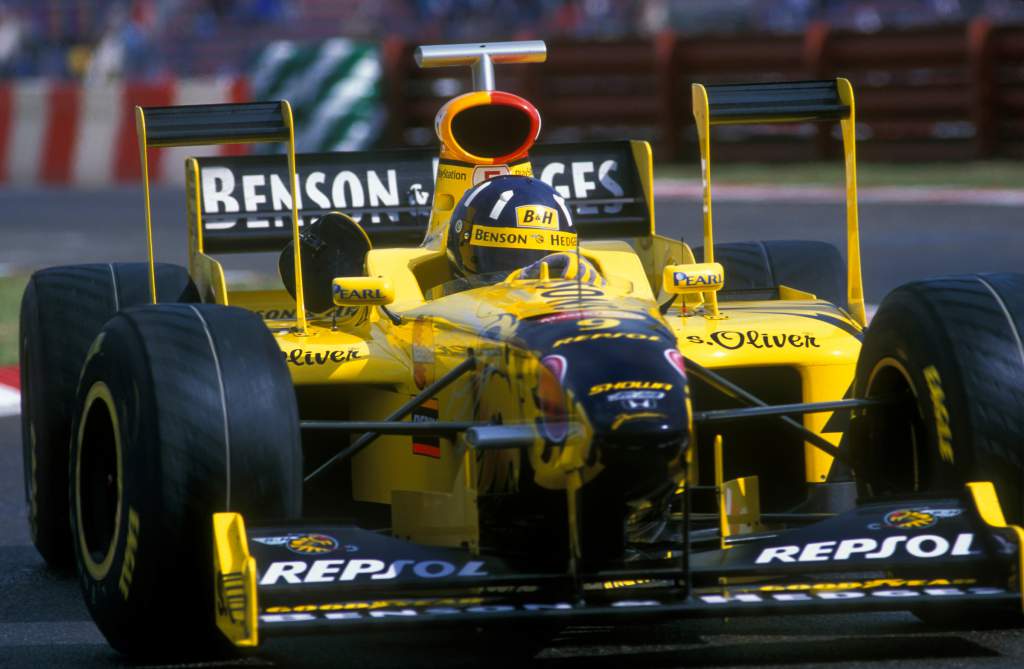
There’s an argument that three quarters of Hill’s Jordan stint wasn’t great. But when it was good – in the second half of 1998 between the tough start and the ‘year too far’ in 1999 – it was very good as he led that breakthrough 1-2 at Spa and the team’s surge to fourth in the constructors’ championship.
That over half the 1998 season had passed before Jordan even scored a point shows how badly things began, though (and that point came from Hill’s team-mate Ralf Schumacher at Hill’s home race at Silvertone, on a day when Hill spun off on lap 13).
It was not what anyone expected given Hill’s proven champion pedigree and Jordan having come so close to victories in 1997 with the inexperienced Schumacher and Giancarlo Fisichella.
But amid a car handling problem that took several races to decipher (explained in excellent detail by The Race’s Gary Anderson, then Jordan’s technical director, here) plus the swap from Peugeot to Mugen Honda engines proving a backwards step in power terms, the first half of the season was all retirements and mediocre runs outside the points.
There was also tension between Hill’s desire to bring what he’d learned at Williams to Jordan and Anderson’s adamance that not all those big-team lessons were applicable to Jordan’s situation.
Fourth and sixth for Hill and Schumacher at Hockenheim in early August was the breakthrough. And what happened at Spa later that month made all the initial pain irrelevant.
GILLES VILLENEUVE + FERRARI
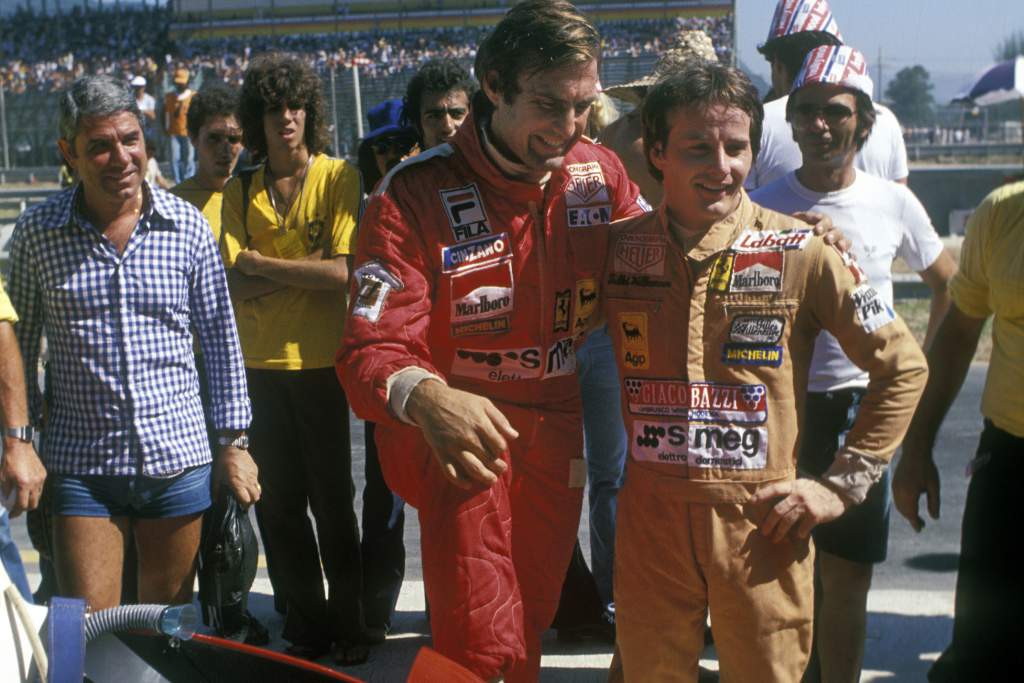
Gilles Villeneuve’s Ferrari era is part of F1 folklore. It only produced six wins before his untimely death, but many of them hugely against the odds as Villeneuve wrestled unimaginable pace out of uncompetitive Ferraris. Few drivers in F1 history have ever captured fans’ imagination in the same way.
Early in his first full season, though, it seemed his time at Ferrari might be brief – despite team creator Enzo’s huge faith in him.
Coming straight into Ferrari for the final two races of 1977 after Niki Lauda’s exit with just his Silverstone F1 one-off with McLaren behind him was a big ask for Villeneuve.
Despite Lauda’s mid-1970s successes, Ferrari was being overcome by rivals with better-handling cars by the time Villeneuve arrived. And while his flair and car control were very much in evidence, finishing a race seemed beyond him.
Two people who were standing in a prohibited area were killed when Villeneuve’s car somersaulted over Ronnie Peterson’s Tyrrell at Fuji in his second race.
Any hope that Villeneuve would be able to settle down for his first full season in 1978 seemed dashed when he crashed out of the Long Beach lead while lapping Clay Regazzoni’s Ensign. A huge Monaco accident didn’t help perceptions, even though it may well have been caused by a tyre failure.
“Villeneuve has to calm his temperament,” warned his Ferrari team-mate Carlos Reutemann. “Experience will be a great help when he gets it.”
As Mark Hughes has explored on The Race, there was so much more to Villeneuve’s craft than wild moves and raw pace. Finally a fourth place in round six in Belgium, having recovered from a puncture sustained while running second, proved what Villeneuve could really do.
The crashes certainly weren’t over after Monaco ’78. But as the number of heroic moments began to outweigh them, no one around Ferrari was questioning Villeneuve’s place in the team anymore.
DAVID COULTHARD + McLAREN
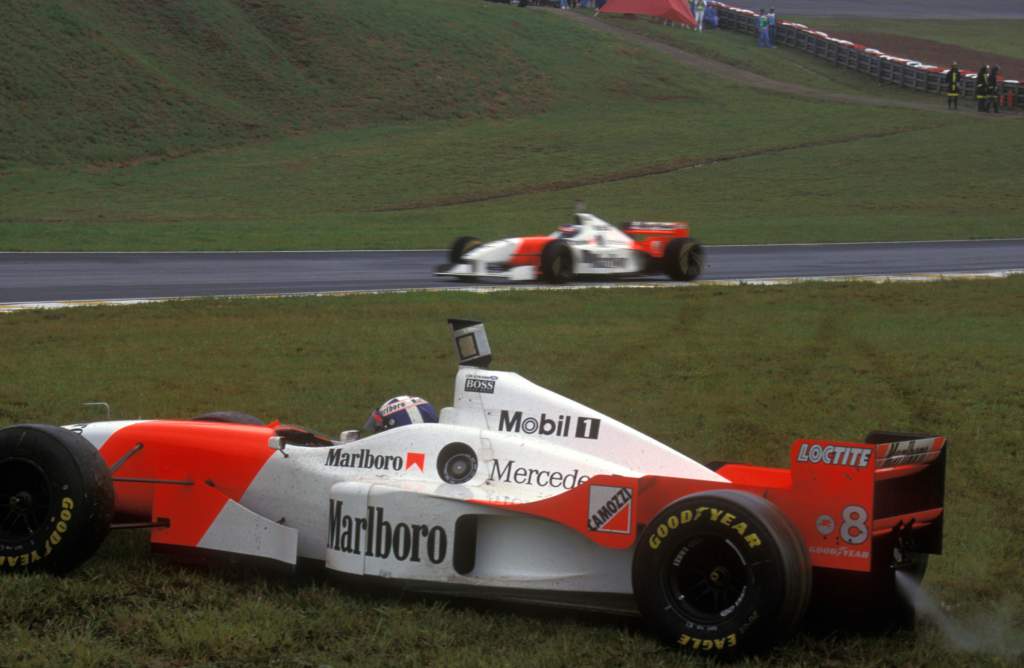
“Suddenly the penny dropped: I had moved for money,” wrote David Coulthard of his miserable start to life at McLaren in 1996.
A winner with Williams the previous year, Coulthard started 13th for his first race with McLaren in Melbourne having been outqualified by 1.3s by team-mate Mika Hakkinen, acted as a launchpad for Martin Brundle’s massive first-lap crash then made little progress in his spare car after the restart before retiring.
Brazil was worse still: only 14th on the grid and an early spin into retirement in the wet race.
At least by Argentina, Coulthard was getting on Hakkinen’s pace – but he was also beaten to the final point by Jos Verstappen’s Arrows.
Once F1 hit Europe that year, though, things clicked. Some extraordinary starts by Coulthard launched McLaren into places it really wasn’t ready to be yet, and set up a podium in round four at the Nurburgring and a stint in the lead at Imola next time out.
Lingering concerns over the team’s preference for Hakkinen meant Coulthard’s McLaren stint always had a slight shadow over it, and he never achieved his team-mate’s title success.
But an eventual nine seasons together, 12 wins and runner-up spot in the 2001 championship was a pretty good return for a relationship that started so ignominiously.
JUAN PABLO MONTOYA + WILLIAMS
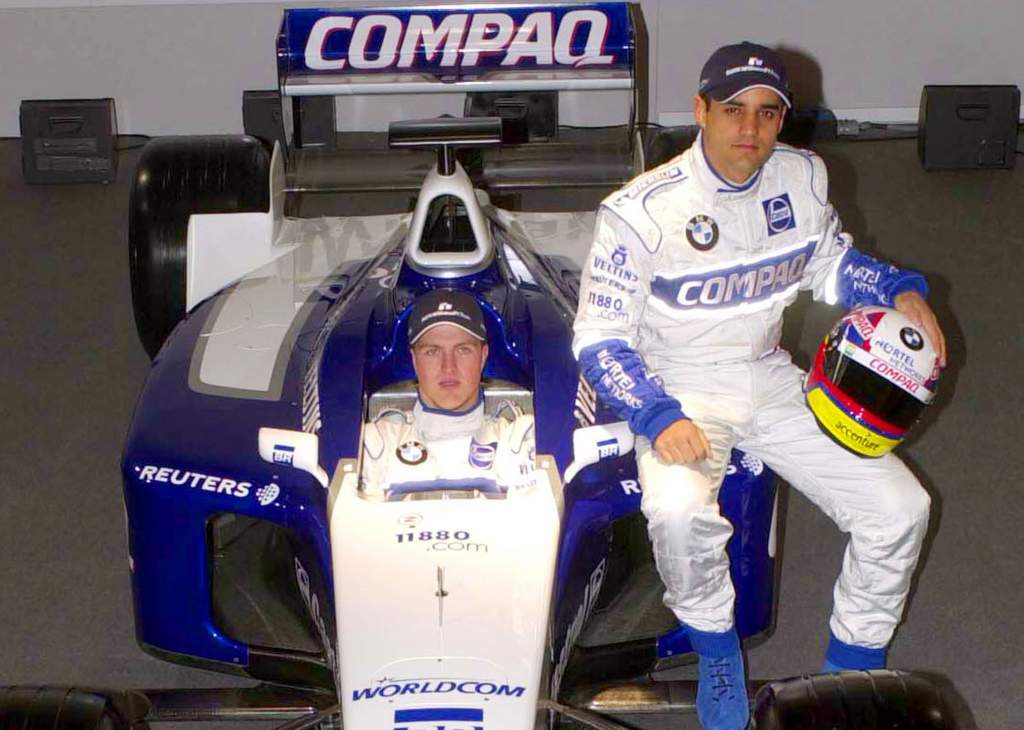
We’ve generally given rookies a free pass in this list as they have enough other pressures and considerations to make a rocky start understandable. But we’ve included a few cases where the expectations around that rookie and the amount of F1 prep they’d had meant it was fair to be dismayed by their initial achievements, or where – as in Villeneuve’s case – the turnaround in perceptions from scrappy early races to eventual reputation was striking.
Juan Pablo Montoya’s first two F1 races with Williams in 2001 fit both those categories.
Though he was running in the points when his engine failed in Melbourne, he’d been a second off team-mate Ralf Schumacher as he qualified only 11th and he’d fitted a spat with Jacques Villeneuve into that qualifying session (Montoya’s take: “I am here to do a job and not make friends”).
Round two in Malaysia was much worse: after a host of technical problems in practice, Montoya stalled on the grid and then chucked his spare car into the gravel on lap three amid the early downpour.
“One of the worst race weekends I have ever had,” was Montoya’s summary, but he added: “Towards the end of the season, I would be surprised if we were not right up there”.
He didn’t need to wait that long. A fortnight later in Brazil, Montoya was barging Michael Schumacher’s Ferrari out of the way as he took the lead of his third grand prix.
There were many more wobbles as 2001 went on, but Interlagos had set the tone for what Montoya was capable of when he could access his best form.
NIGEL MANSELL + WILLIAMS (TAKE TWO)

This certainly doesn’t count as terrible, but it’s easy to forget that Nigel Mansell’s glorious return to Williams started with three straight retirements and him being outpaced by team-mate Riccardo Patrese in the first part of 1991.
Once Williams realised its early-season gearbox problems were a result of longitudinal movement of the shafts, it turned out to be “a very simple fix” according to Adrian Newey.
But it took Mansell longer to get on top in the battle with Patrese, who outqualified him in the first seven races of the year. Mansell put that down to the Italian’s familiarity with the team, Patrese having been there since 1988.
After Mansell lost the Canadian GP on the final lap when he let the revs drop too low at the final hairpin, Patrese took Williams’s first win of the season next time out in Mexico, with Mansell coming home second, citing a mid-race engine problem that lost him ground before he chased Patrese down in the closing stages.
After six races, Mansell was fourth in the championship, 31 points behind leader Ayrton Senna and seven behind Patrese. From there he never looked back. He won the next three races in a row, finished second to Senna in the championship, and dominated in 1992.
SEBASTIAN VETTEL + TORO ROSSO
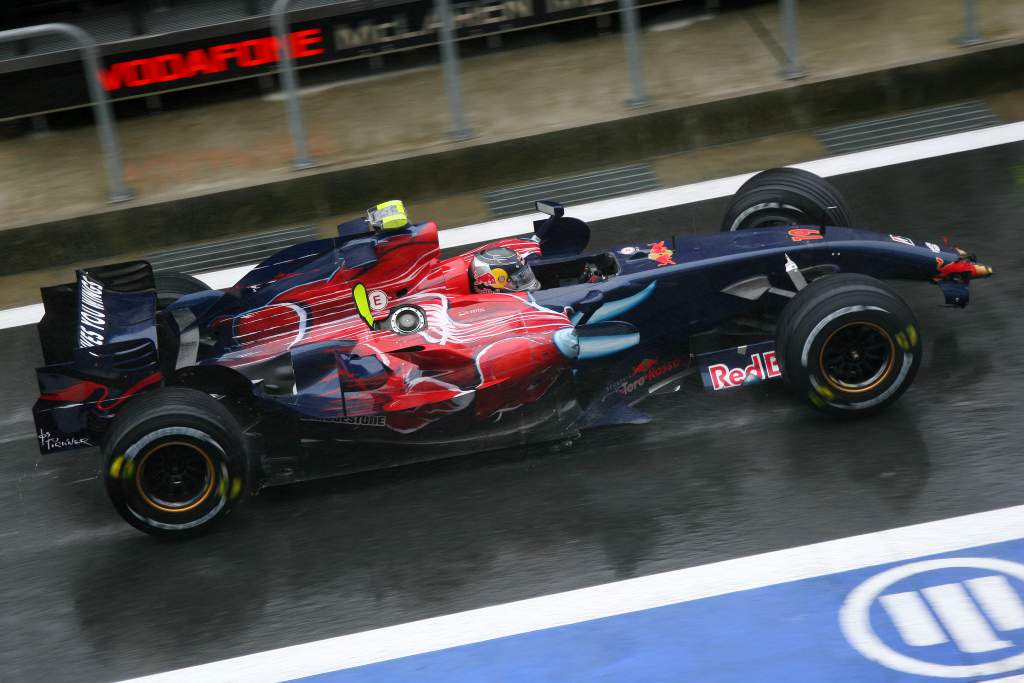
Vettel has past form for a stint at a team starting badly, though expectations were rather higher for his Aston Martin arrival than they were when he was thrown into Toro Rosso mid-season as a 20-year-old rookie in 2007 following the sacking of Scott Speed.
But given he’d had a decent amount of F1 testing by then and had impressed by scoring for BMW when standing in for Robert Kubica in the United States GP, Vettel’s initial run of being outqualified by team-mate Vitantonio Liuzzi and having early problems in races was a touch underwhelming.
And then when the first sign of his special talent became apparent with a brilliant run as high as third in the very wet Japanese GP, Vettel ruined it by ploughing into Mark Webber’s second-placed Red Bull under the safety car and taking both out of what looked by far the Red Bull F1 programme’s best day up to that point. He’d also sent title contender Fernando Alonso’s McLaren into a spin earlier that race.
One week later, Vettel flew from 17th on the grid to fourth in the wet/dry Chinese GP. From there, his trajectory was pretty much all spectacular – with that incredible Monza 2008 win for Toro Rosso, promotion to Red Bull and four world championships following.
SERGIO PEREZ + FORCE INDIA
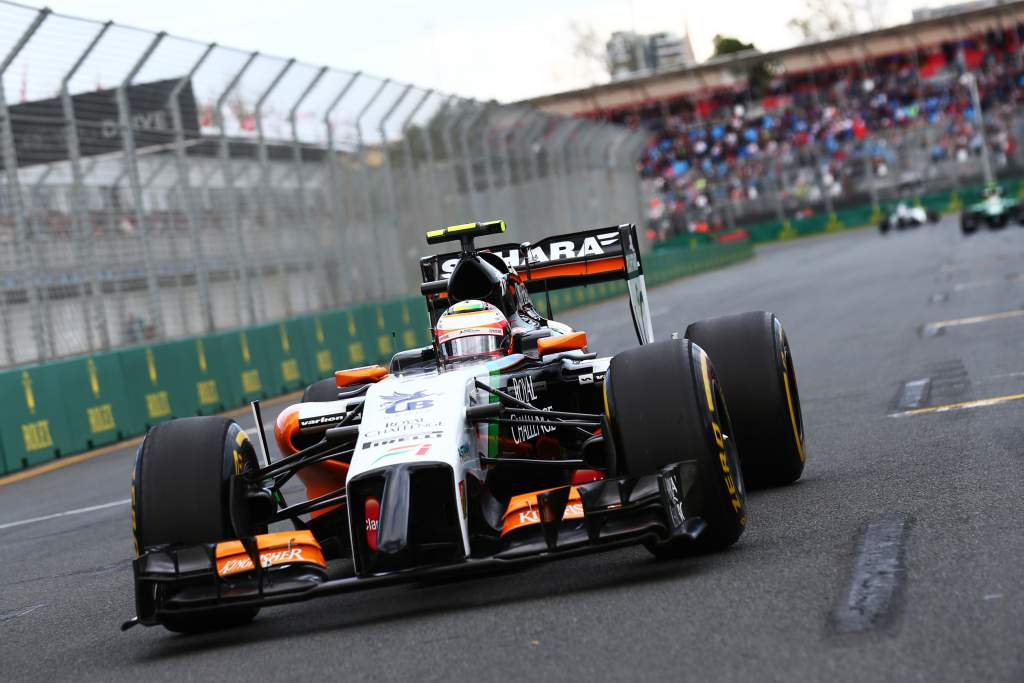
Over seven seasons at Force India/Racing Point, Sergio Perez established himself as F1’s ‘king of the midfield’ (even though he wasn’t too keen on that title), the man most likely to pull off a shock podium and eventually a grand prix winner.
But there was little hint of that in his first two races for the team in 2014.
A qualifying mistake, first-lap clash with Esteban Gutierrez’s Sauber and lacklustre recovery to 10th in Australia was followed by his car failing before the start in Malaysia. All the while, team-mate Nico Hulkenberg was looking substantially faster and notching up top-six finishes. Perez’s unsuccessful McLaren year in 2013 was starting to look representative of his F1 potential, rather than an aberration.
Appropriately it was a Bahrain night race featuring a fraught Mercedes battle at the front that turned things around for Perez.
Almost forgotten amid the amazing Lewis Hamilton/Nico Rosberg battle for victory, Perez overcame the Red Bulls, Hulkenberg and Williamses for an equally hard-fought third place.
Hulkenberg was still Force India’s top driver across 2014, but Perez was on his way.





